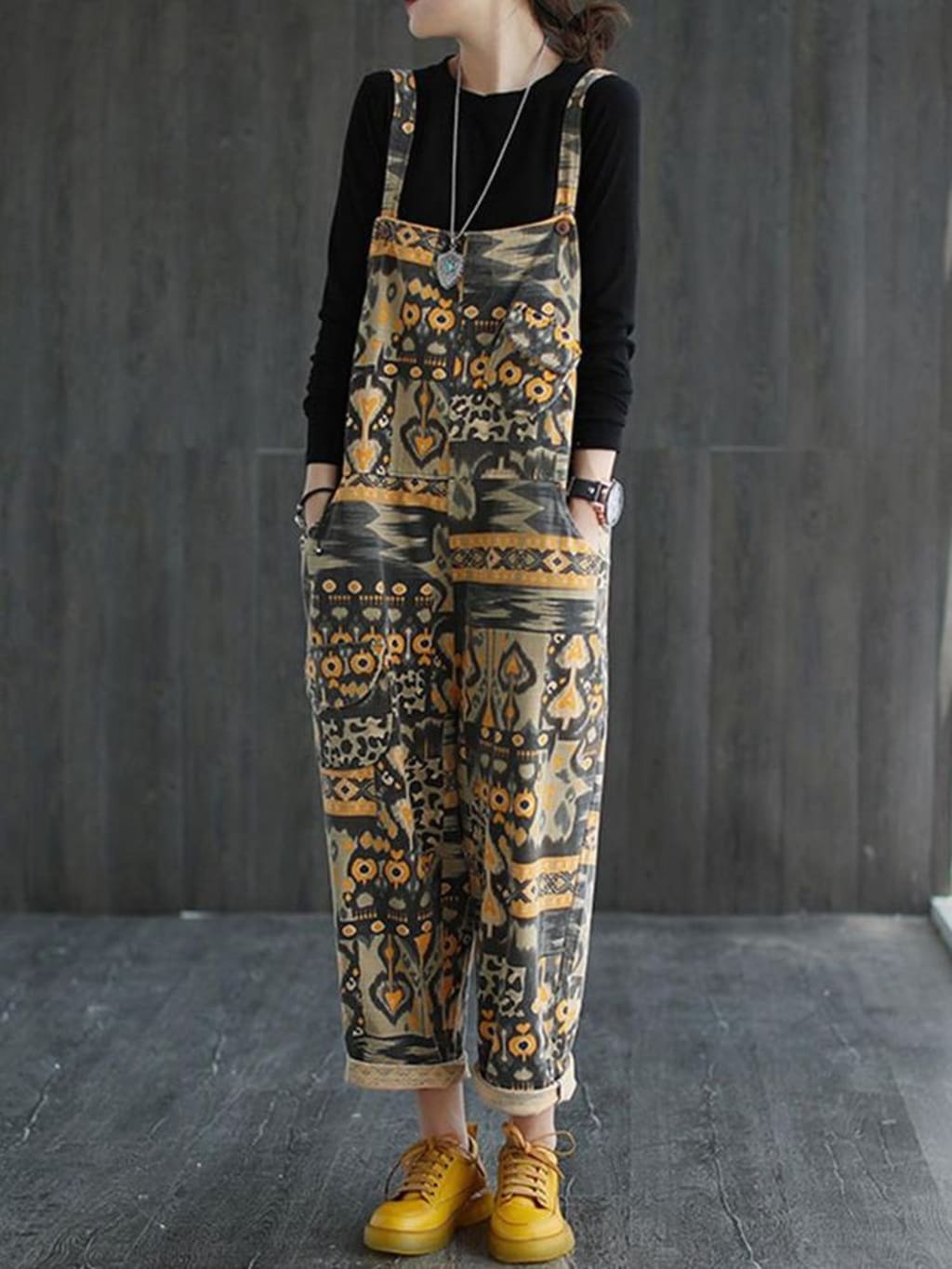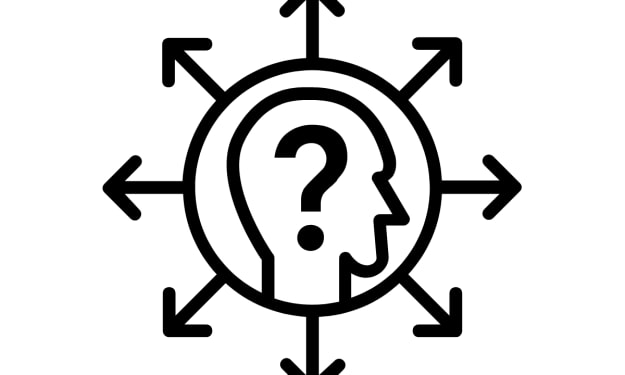
Start writing...The fashion industry comprises designers, manufacturers, retailers, and consumers who all play a role in the evolution of fashion. The evolution of fashion can be traced back to ancient times when people used clothing to signify their social status, culture, and beliefs.
Origins of Fashion( history of fashion)
Fashion has been around since the beginning of human civilization. The earliest evidence of clothing dates back to 100,000 to 500,000 years ago, where humans wrapped animal skins and furs around themselves. Clothing was initially used as a means of protection against the elements and for practical purposes such as hunting and gathering.
As human societies became more complex, clothing became an essential aspect of cultural identity and social status. During ancient times, clothing was used to signify class differences, with the wealthy and noble wearing luxurious clothing made from expensive fabrics adorned with intricate embroidery and precious stones. The working class, on the other hand, wore simple clothing made from cheaper materials.
Fashion in the Middle Ages
During the Middle Ages, clothing played a significant role in signalling social status and wealth. The era saw the emergence of tailoring, which allowed for the creation of more elaborate and well-fitted garments. Clothing styles during this period included tunics, robes, and tights. Men wore suits with long jackets, breeches, and hose, while women wore fitted gowns with tight corsets that accentuated their figures.
Fashion during this period was heavily influenced by religion, with the clergy wearing specific clothing that signified their roles in the church. The introduction of the printing press in the 15th century also allowed for the mass production of fashion illustrations, which contributed to the evolution of fashion.
Renaissance Fashion
The Renaissance period saw a significant shift in attitudes towards fashion, with clothing becoming more elaborate and intricate. The era saw the emergence of detailed embroidery, lace, and frills, which were used to enhance clothing designs. Fashion became a way of expressing individuality, with clothing being tailored to fit a person's body shape.
During this period, fashion was also influenced by art, with artists such as Leonardo da Vinci and Michelangelo contributing to the evolution of fashion. Women's clothing evolved from the tight-fitting gowns of the Middle Ages to more loose-fitting garments with voluminous skirts. Men's clothing, on the other hand, became more elaborate, with jackets and breeches adorned with ornate embroidery.
Industrial Revolution and Fashion
The Industrial Revolution brought about significant changes in fashion, with the mass production of clothing becoming possible. The era saw the introduction of new materials such as cotton, linen, and silk, which allowed for the creation of new styles and designs. The fashion industry also began to see the emergence of department stores and fashion magazines, which further fuelled the growth of the industry.
During this period, men's clothing became more functional, with the introduction of the suit becoming a staple for business. Women's clothing also became more practical, with the introduction of the tea dress and the hobble skirt. The era also saw the emergence of the tuxedo and the little black dress, which remain staples in formal wear to this day.
The 1920s and Fashion
The 1920s saw a significant shift in fashion, with women's clothing becoming more relaxed and less constricting. The era saw the emergence of boyish silhouettes, with women wearing shorter skirts, bobbed hair, and looser-fitting clothing. The era also saw the introduction of the flapper dress, which was a nod to the emergence of female empowerment and liberation.
During this period, fashion was heavily influenced by popular culture, with film stars such as Mary Pickford and Greta Garbo influencing clothing styles. The 1920s also saw the emergence of fashion designers such as Coco Chanel, who was known for her elegant and timeless clothing designs.
Fashion in the 1950s
The 1950s saw a return to more traditional clothing styles, with women's clothing becoming more feminine. The era saw the introduction of the full skirt, the pencil skirt, and the fitted blazer. The hourglass figure became the ideal silhouette for women, with clothing designs accentuating the waist and bust.
During this period, fashion was heavily influenced by Hollywood, with film stars such as Audrey Hepburn and Marilyn Monroe influencing clothing styles. The fashion industry also began to see the emergence of ready-to-wear clothing, which allowed for more affordable clothing options for consumers.
Fashion in the 1960s
The 1960s saw a significant shift in fashion, with clothing becoming more relaxed and comfortable. The era saw the emergence of the mini skirt, hot pants, and the mod subculture. Youth culture became a significant influence on fashion, with young people rejecting traditional clothing styles in favour of more daring and rebellious clothing.
During this period, fashion was heavily influenced by music, with bands such as The Beatles and The Rolling Stones influencing clothing styles. The fashion industry also began to see the emergence of boutique stores, which offered more unique and alternative clothing options for consumers.
Fashion in the 1980s
The 1980s saw a return to more elaborate and glamorous clothing styles. The era saw the emergence of power dressing, with women wearing shoulder pads and suits to convey authority and confidence. Meanwhile, men's clothing became more colourful and flamboyant, with clothing designs featuring bold patterns and bright colours.
During this period, fashion was heavily influenced by popular culture, with television shows such as Miami Vice and Dynasty influencing clothing styles. The fashion industry also began to see the emergence of designer clothing, with brands such as Dolce & Gabbana, Calvin Klein, and Versace becoming household names.
Fashion in the 21st Century
The 21st century has seen a significant shift in fashion, with clothing becoming more sustainable and socially responsible. The era has seen the emergence of eco-friendly clothing options, with designers using materials such as bamboo, recycled polyester, and organic cotton. Slow fashion, which promotes buying fewer but higher quality clothing items, has also become more popular.
The 21st century has also seen fashion becoming more diverse and inclusive. The industry has seen the emergence of more sizes and clothing options for different body types. The industry has also become more inclusive towards minority groups, with fashion becoming more representative of different cultures and genders.
Fashion has undergone significant changes over the years, with clothing evolving from a means of protection to an essential aspect of cultural identity and social status. The fashion industry has played a significant role in the evolution of fashion, with designers, manufacturers, retailers, and consumers all influencing fashion trends. Technological advancements and cultural influences have also contributed to the evolution of fashion. The future of fashion looks to be more sustainable and socially responsible, with fashion becoming more diverse and representative of different cultures and identities.





Comments
There are no comments for this story
Be the first to respond and start the conversation.